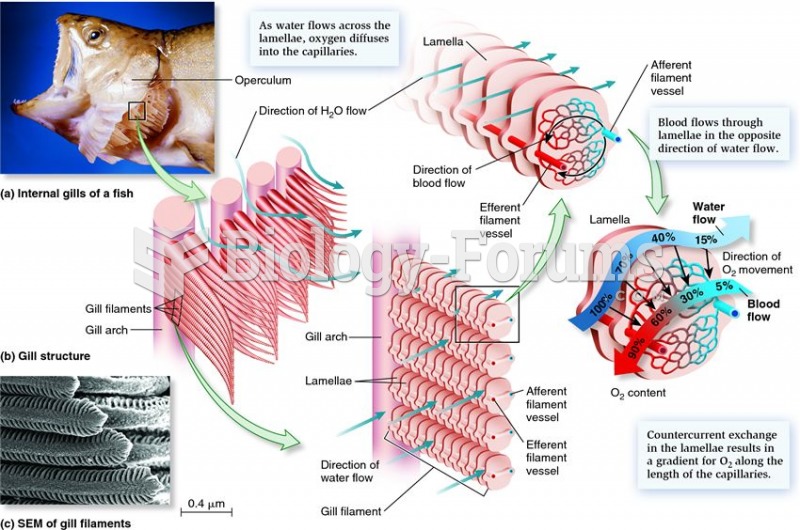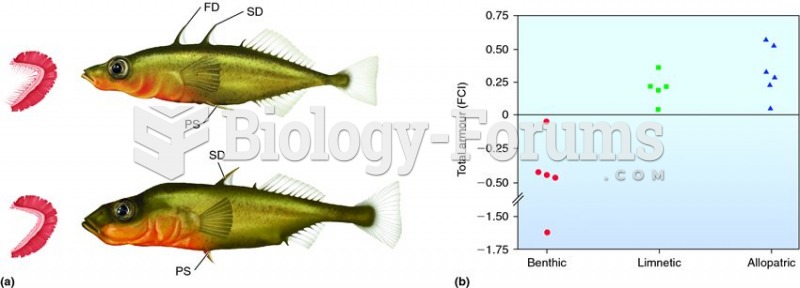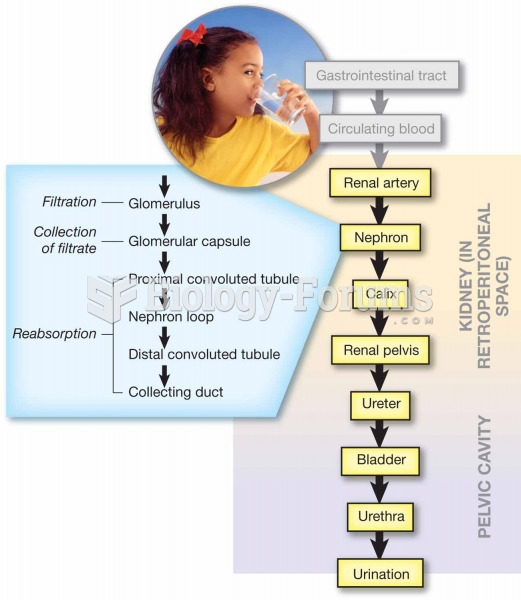Answer to Question 1The optimal water for fish production varies according to the species of fish. Trout
and salmon need cold water in contrast to Tilapia and catfish, which prefer warmer
water. Trout and salmon prefer water with a higher dissolved oxygen content
warmer water holds less oxygen than cooler water. Good light penetration indicates
a lower level of suspended solids in the water than poor light penetration. Fish do
not grow well in silty water. Suggest that your students work in small groups. Assign
each group a commercial species of fish to consider when answering the questions
in this lab exercise. Hopefully, your students will come to the conclusion that the two
sites that you have selected might be each suited for the production of a different
species of commercial fish.
Answer to Question 2All things considered, light should penetrate farther in the sunny areas unless there
is a floating algal mat or other floating aquatic vegetation in the sunny locations. In
the shaded areas, the amount and intensity of the light striking the surface of the
pond or lake are greatly reduced. The water may have greater clarity because algae
will tend to congregate in areas with enough light to support photosynthesis. If the
area that you selected for your students to sample is close to the place where a
stream, creek, or river enters the pond or lake, the results you obtain may be highly
variable. Streams with a high velocity may be carrying a high sediment load, which
will reduce the depth to which light penetrates in the area where the water enters
the lake.







